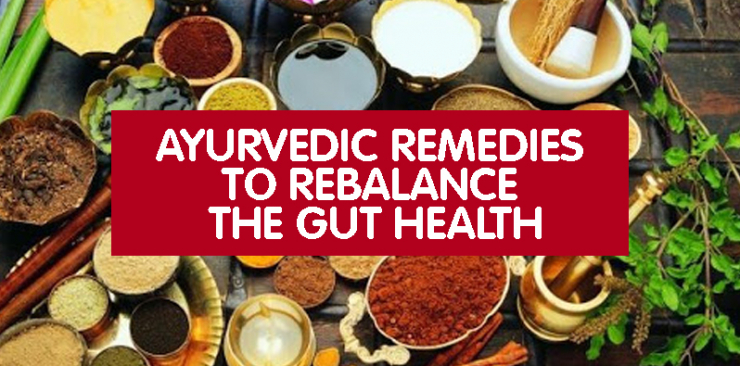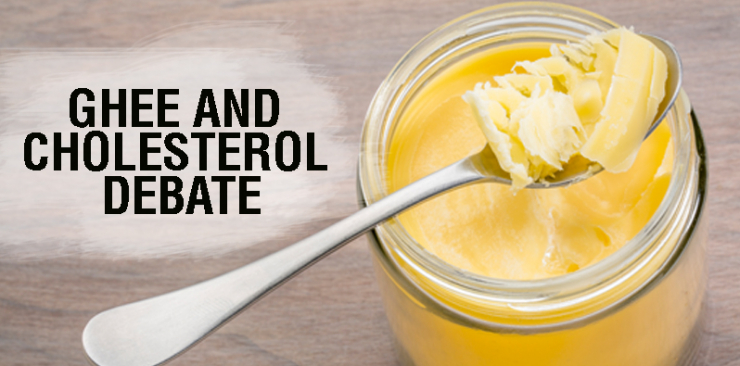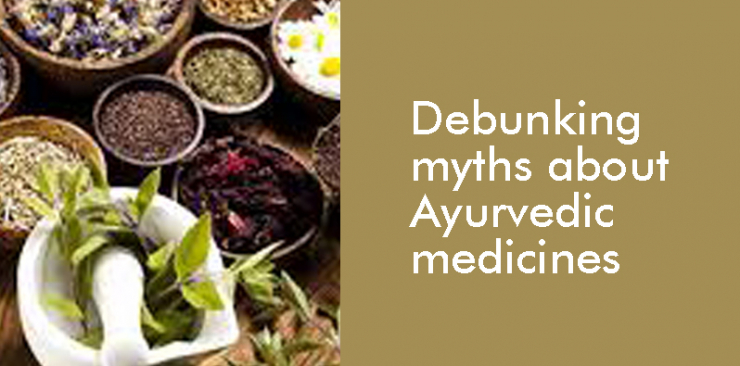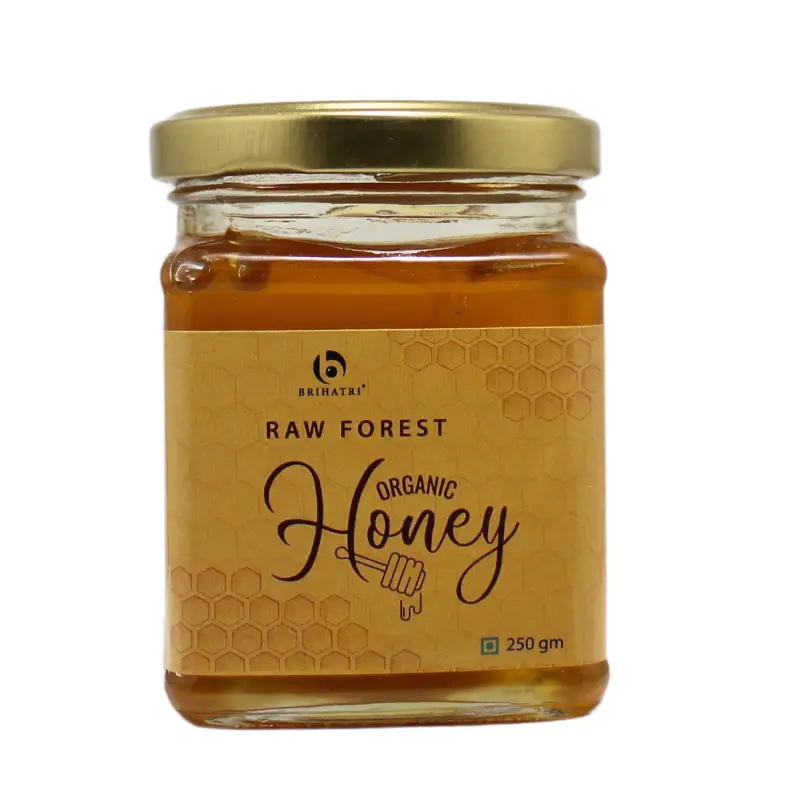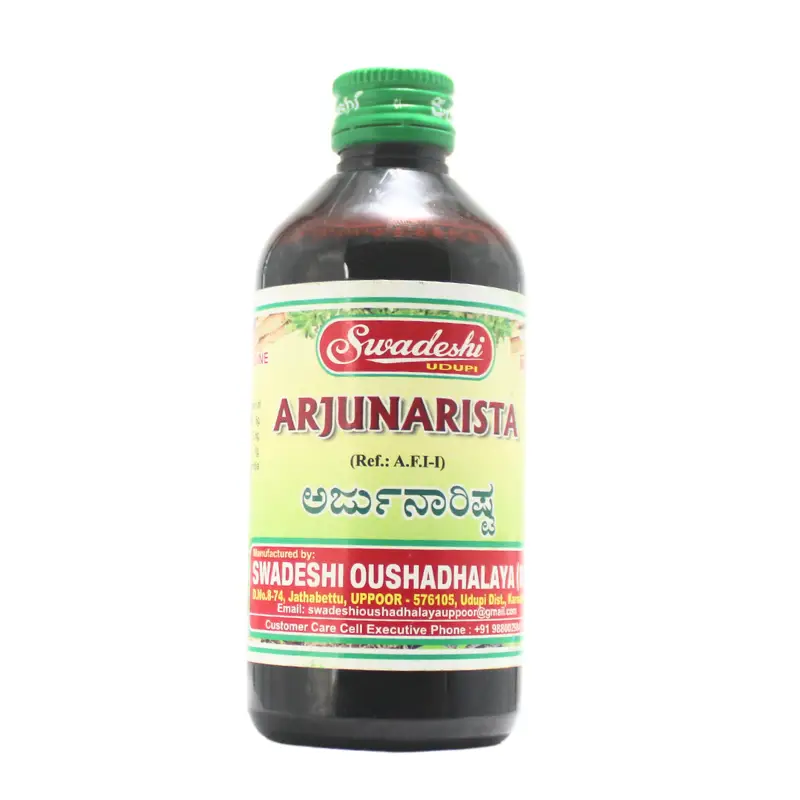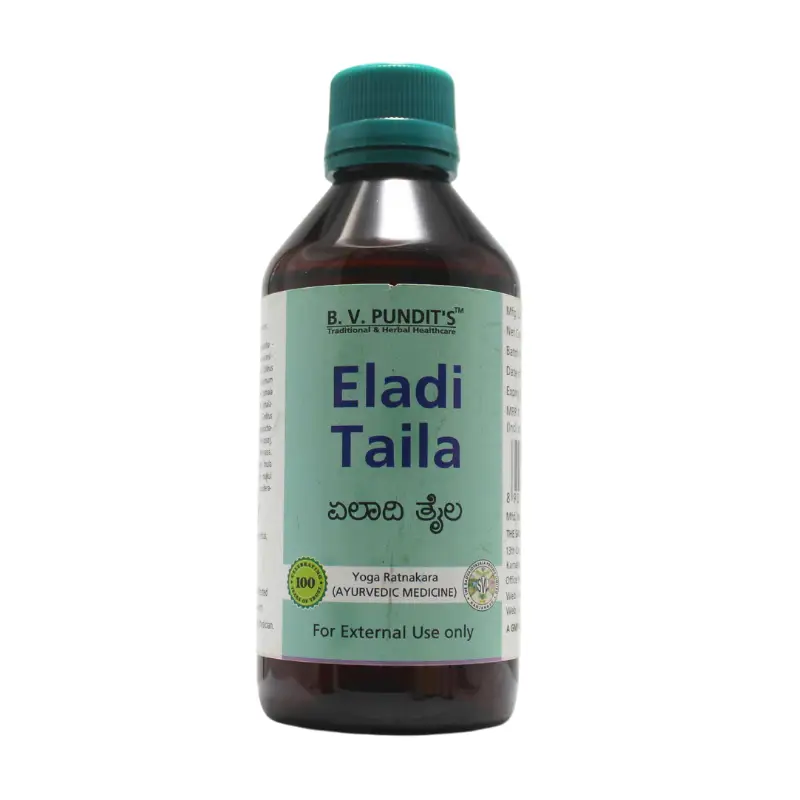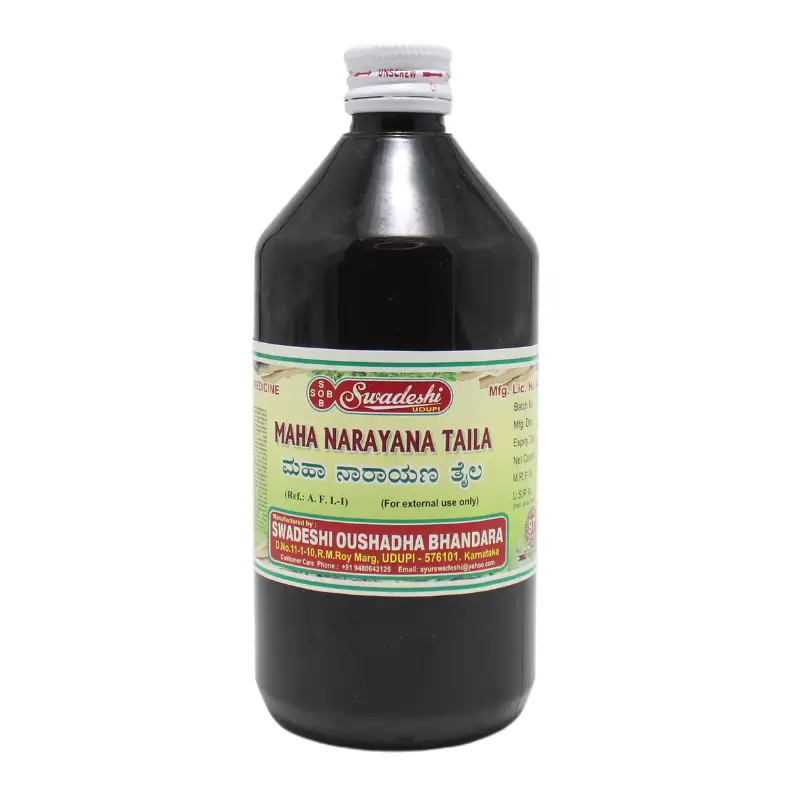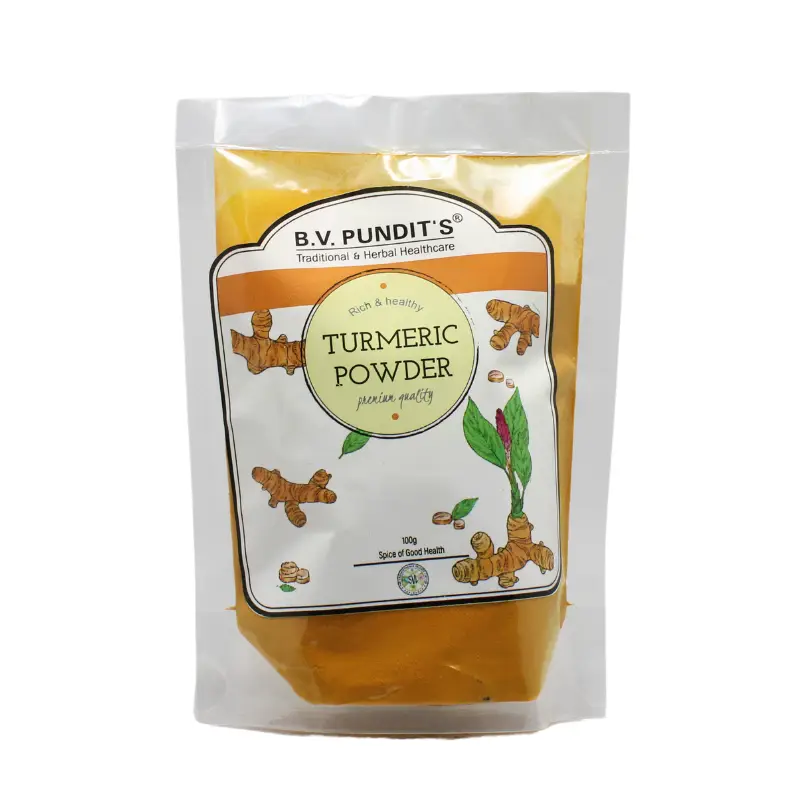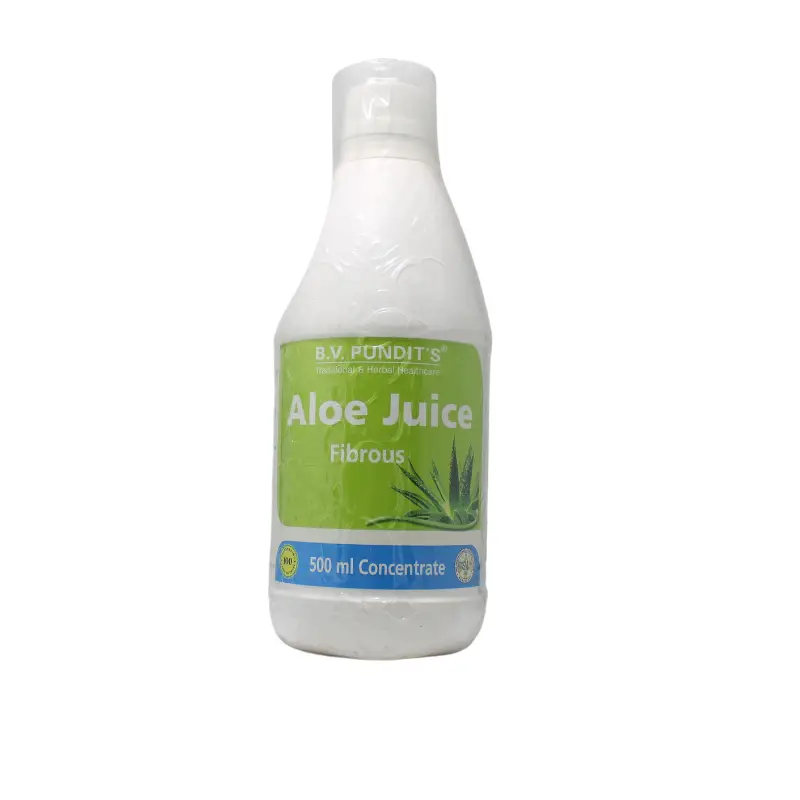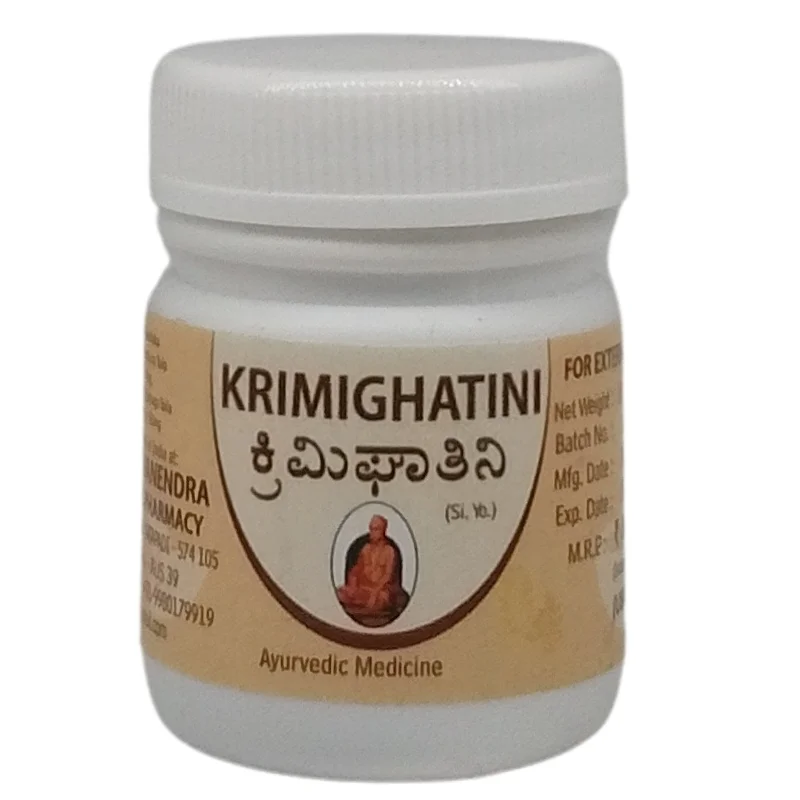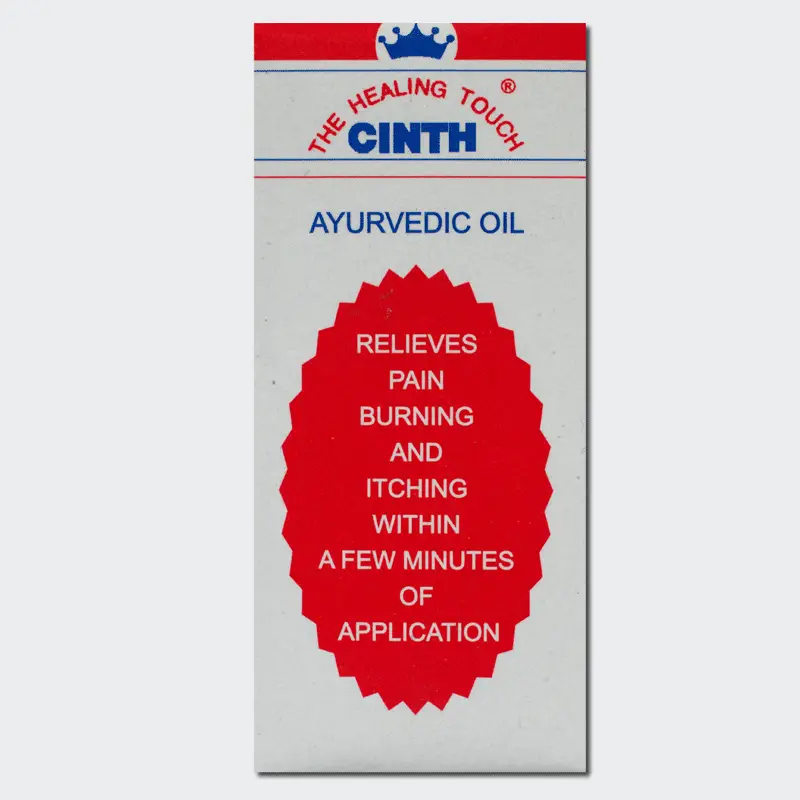how to get naturally glowing skin and radiant look with ayurveda
A natural glowing look is the first sign of healthy skin. This sparkling look is possible when you are healthy from within. Usually factors like stress, lack of sleep, wrong diet and unhealthy lifestyle rob the radiance from your look. As a result, your skin starts looking dull and tired. Ayurveda suggests some tips which will make you glow inside out.
According to Ayurveda, sparking beauty is quite easy to acquire. It comes from three vital elements:
- A nourished and healthy body
- A balanced mind
- A calm and peaceful spirit
Let’s find out the simple ways to achieve radiant beauty
Disciplined lifestyle
A disciplined life solves many problems. Ayurveda asks you to create certain good habits like waking up early, going to bed early, and eating your meals at fixed times. These are powerful beauty ingredients. Also, don’t overeat, keep at least one-quarter of your stomach empty. Before taking bath, pamper your skin with a massage for 15 minutes. Closely examine your teeth and tongue and clean them with care.
Stretches and yoga
Doing stretching exercises are essential. When you do stretching exercises, every muscle of your body should stretch. This will keep you physically fit. Every morning after half-hour of walk, take out some time to exercise. Yoga makes you fit in and out. It nourishes the body, strengthens the mind, and nurtures the spirit. This will also boost blood circulation, loosen accumulated toxins, and will help to push out towards exit points.
Proper breathing
Breathe in and breathe out works wonder and gives you the desired radiant look. Observe your rhythm of inhaling and exhaling. Maybe you breathe too shallow, just in and out from your upper chest. Ayurveda suggests breathing deep and slow. Inhale and feel the air reach into your abdomen. Also don’t breathe too fast—the air circulating channels need to be clear so that oxygen is distributed equally in your body. Therefore, your breathing pace should be easy and steady.
Find some silence
Don’t make your lifestyle too hectic. Get away from too much of noise and get some silence into your life. For a few hours every day, say nothing and hear nothing. Shut off your phones, TV, and don’t look at the computer or books. Just tune in to your inner self. You can also do meditation for some time every day to be with your inner self.
Eat for radiant beauty
Ayurveda recommends choosing fresh and local ingredients to cook your food. While your daily food should be simple, it should have the aroma and the essential spices. Basically, you should be happy while eating. The act of eating should be pleasant. Take small morsels and savour well. While eating sit with your spine straight, and there should be a relaxed stillness to the body. Add ghee (clarified butter), whole grains, lightly-cooked fruit, ginger, turmeric, black pepper, legumes and herbal tea to your diet. These nourish your skin, hair, and give you a radiant glow to your look.
Beauty bath
Make your daily bath pleasurable. Give yourself 15 minutes massage with warm sesame oil. This self-massage nourishes all the seven layers of the skin, and the seven different types of body tissues. This will help increase firmness of the skin. It will also reduce physical and mental fatigue and calm you down. This massage will purify the skin and give a radiant glow.
HOME CLEANSING RECIPES
Cleansing scrubs
For dry skin
- 2 teaspoons oats
- ¼ teaspoon almond powder
- ¼ teaspoon orange peel powder
- ¼ teaspoon lavender flower powder
- 2 tablespoons yogurt
Mix well and apply gently on face. Let it dry, then take it off and wash your face. Apply a good moisturizer.
Oatmeal is excellent for exfoliating the skin. It fights sun damage and replenish the skin with vitamins B & E. Orange peel balances the pH level of the skin and softens it. Almond powder is a protein-pack, and yogurt contains good lactobacilli that pacify Pitta.
For oily skin
- 1 teaspoon toasted wheat bran
- ¼ teaspoon almond powder
- ½ teaspoon orange-peel powder
- 1 teaspoon lemon juice
Wheat bran is an efficient scrub. When mixed with cooling yogurt, it helps to exfoliate the skin. Lemon juice has vitamin C, which promotes scrubbing activity.





